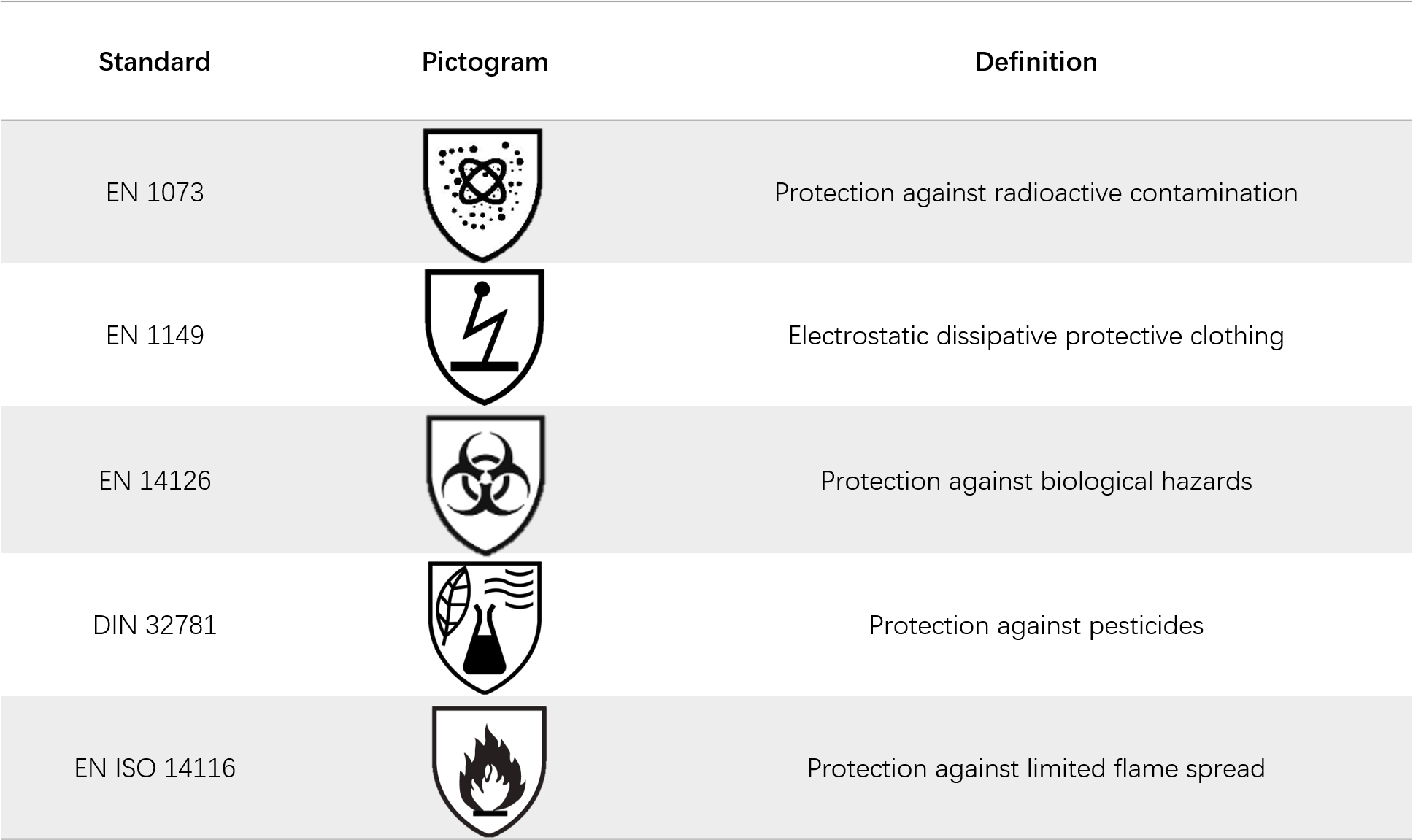Protective clothing not only prevents infectious agents from coming into contact with the skin, but also prevents them from spreading to others and other environments. The emphasis on safety in occupational environments has led to the development of specialized protective clothing for specific environments, such as biological protective clothing and chemical protective clothing.
Chemical protective clothing has now become one of the indispensable PPE in many industries. It effectively protects professionals exposed to chemical risks from injury and infection. Choosing the right chemical protective clothing can effectively improve work efficiency and reduce unnecessary losses. There are many kind of chemical protective suits on the market currently, but it is easy to fall into a misunderstanding when choosing this type of PPE. There is a view that the higher the level of protection, the more appropriate protective clothing.However,higher protection level suits are usually heavier and have better heat and air insulation properties, all of which will affect the user's ease of wear and comfort. For short periods of time and small amounts of exposure to chemicals, a lower level of protection may be more appropriate.
Now,let's explore how to choose the right chemical protective clothing!
1. Risk Assessment
As with any type of PPE, the key to the correct selection and use of chemical protective clothing is to carry out a risk assessment.
Chemical protective clothing is commonly used in scenarios that require exposure to chemicals. There are multiple hazards associated with chemicals. When assessing chemical hazards, the user must be aware of the chemicals and their properties to which he or she may be exposed in the working environment.
• Types of chemicals
• Types of chemical exposure: liquid, gas, solid, vapor, aerosol
• Concentration of the chemical
• Properties such as toxicity, corrosiveness, and flammability
• Types of exposure: brief exposure, prolonged exposure, occasional splashing
• Duration of exposure
Scenarios of chemical exposure are often accompanied by risks of physical as well as biological hazards. When carrying out a risk assessment, it is also necessary to determine whether the work environment is characterized by physical hazards such as cuts, punctures and thermal hazards. And assessing biological hazards involves determining whether there is a risk of exposure to bacteria, viruses and pathogens.
2. Determine the type of protection required
Once the risk assessment has been completed, the type of protective clothing needs to be selected based on the information from the previous assessment. In order to clearly define the level of protection, many countries and regions have developed standards to ensure that the protective clothing available on the internal market provides adequate risk protection.
The EU standard for protective clothing consists of six levels, which are described as below:

The OSHA categorizes chemical protective clothing into four classes according to its application.
• Class A Gas-tight Protective Clothing: This type of protective clothing is sealed as a whole and contains a self-contained breathing apparatus. At the same time, it is the highest level of protective equipment, commonly used in workplaces and emergency rescue work.
• Class B Bulk Splash Protective Clothing: This type of protective clothing has the same respiratory protection as Class A. However, compared to skin protection of Class A, it only protects against the penetration of liquid substances and not against the penetration of harmful vapors or gases. Therefore, Class B of protective clothing mainly focuses on liquid toxic substance protection.
• Class C Small Splash Protective Clothing: This type of protective clothing is splash-proof.It is equipped with a filtered protective device that completely covers the face. Compared to the full protection of Class A and Class B, Class C suits have a limited range of protection and are usually required to be used in conjunction with filtered air breathing equipment and chemical protective boots and gloves
• Class D General Chemical Protective Clothing: This is a lower level of protective clothing that does not provide protection to the skin or respiratory system. Therefore, Level D suits have a very limited application environment.
In addition to these six levels of protection, there are other common criteria as follows:

Understanding the standards for protective clothing in your region and their scope of application is the most critical step in choosing the right protective clothing. These standards provide a clear picture of the characteristics different protective clothing. They are also an important line of defense for the quality and performance of protective clothing.
3. Other considerations
In addition to considering the level of protection and other common protections, the following factors need to be considered when selecting chemical protective clothing:
(1)Chemical penetration: Permeability resistance is the key element in the selection of the chemical protective clothing. The more impermeable the suit, the more resistant it is to chemicals. Whereas permeation resistance is measured by breakthrough time.Therefore,some standards also report breakthrough time as a level of protection, as shown in the table below:

(2)Physical properties: abrasion resistance, tear resistance, puncture resistance, flame resistance
(3)Product Characteristics
• Physical characteristics such as seam design, sealing strength, sewing techniques
• Flexibility, ease of use, comfort, breathability and other wear characteristics
• Economic




